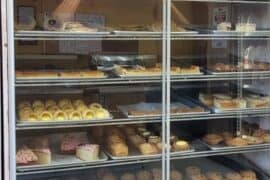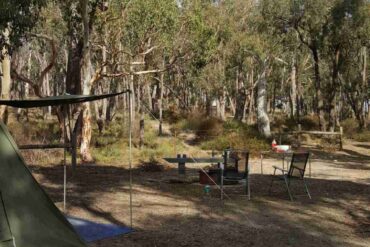Beginner’s DIY Slime: A Parent’s Guide to Fun and Creative Play
Hey there, awesome parents! Are you ready to dive into the world of DIY slime? It’s the squishy, ooey-gooey, and incredibly delightful pastime that kids just can’t get enough of. Not only is slime-making an amazing way to foster creativity and sensory play, but it’s also a fabulous chance to bond with your kiddos. So, roll up your sleeves, because we’re about to embark on a slimy adventure that’s both entertaining and educational!
Slime: What’s All The Hype?
Slime isn’t just a sticky substance—it’s a phenomenon. This tactile toy has taken over playrooms and classrooms alike, providing endless hours of enjoyment. Slime can be poked, prodded, stretched, and swirled, making it the perfect tool for sensory exploration. But in case you’re concerned, we’ve got you covered with recipes and tips to create safe and non-toxic slime, so the only thing you’ll have to worry about is how much glitter is too much glitter (hint: the limit does not exist). Let’s get to the good part!
Before You Begin: Prepping for Slime Time
Hold your horses! Before we jump into recipes, here’s a quick list to make your slime-making journey as smooth as possible:
- Designate a ‘slime area’ in your home where things can get a little messy.
- Cover surfaces with newspaper or plastic for easy cleanup.
- Wear old clothing or aprons to avoid stubborn stains.
- Keep wipes and paper towels handy for any accidental spills.
- Gather all your ingredients and tools before starting—this includes glue, activator, and any fun add-ins like food coloring or glitter!
Now that you’re prepped, let’s talk ingredients.
Slime Essentials: The Ingredient Breakdown
Here’s the scoop—most basic slime recipes require just a few common household items. Here’s what you’ll generally need:
- Glue: This is the base of your slime. White PVA glue works best, but clear glue is a fantastic option for see-through or glittery slimes.
- Activator: This is the magic ingredient that turns glue into slime. Common activators include borax solution, liquid starch, or contact lens solution with baking soda.
- Add-ins: This is where the fun happens! Food coloring, glitter, beads, foam balls, and even scents can take your slime from basic to brilliant.
Now that you know what you need, let’s roll up those sleeves even further and get to the exciting part—making your very own slime!
Safety First: A Quick Note on Slime Ingredients
Before we proceed, let’s chat about safety. It’s crucial to use safe and non-toxic ingredients, especially when little hands are involved. Also, some children (and adults!) may have skin sensitivities. Always conduct a simple patch test with the slime, and never substitute ingredients without ensuring they’re safe for use. Supervise your children during slime play, and make sure they’re not tasting their creative concoctions!

The Ultimate Guide to DIY Slime for Parents: Sticky Fun with Zero Fuss!
Greetings, amazing parents! Prepare for a wonderful world of wobbly wonders — we’re talking about DIY slime! This guide is your friendly ally in navigating the gooey universe of slime making at home. Perfect for enhancing creativity and sensory skills, slime crafting is a fun activity that kids absolutely adore. Plus, it’s a superb opportunity to create lasting memories. So, let’s not wait any longer and jump right into the nitty-gritty of DIY slime!
5 Handy Preparations for Slime DIY
Ready to start your slime quest? Here’s some preparation tips to ensure a smooth and joyful experience:
- Create a Slime-Friendly Zone: Pick a spot that’s easy to clean. Spills are part of the fun when making slime, so choose an area where you can indulge in mess-creating merriment without any worries.
- Protective Gear: Slime can get everywhere, so old clothes or aprons and gloves can be real game-changers to keep everyone clean and smiling.
- Quick Clean-Up Supplies: Keep a stash of paper towels or cleaning cloths on hand to tackle any surprises swiftly. Let the kids help with cleanup – it’s part of the fun and learning process!
- Organize Your Slime Station: Gather all your materials beforehand, so you’re not scrambling mid-mix. This includes all your ingredients and any tools like bowls, measuring spoons, and stirring sticks.
- Slime Safety: Safety always comes first! Choose recipes that are safe for the family, avoid anything that could cause allergies or harm, and keep the slime away from mouths and eyes.
See more great Things to Do with Kids in New Zealand here. For more information see here
Disclaimer
The articles available via our website provide general information only and we strongly urge readers to exercise caution and conduct their own thorough research and fact-checking. The information presented should not be taken as absolute truth, and, to the maximum extent permitted by law, we will not be held liable for any inaccuracies or errors in the content. It is essential for individuals to independently verify and validate the information before making any decisions or taking any actions based on the articles.




